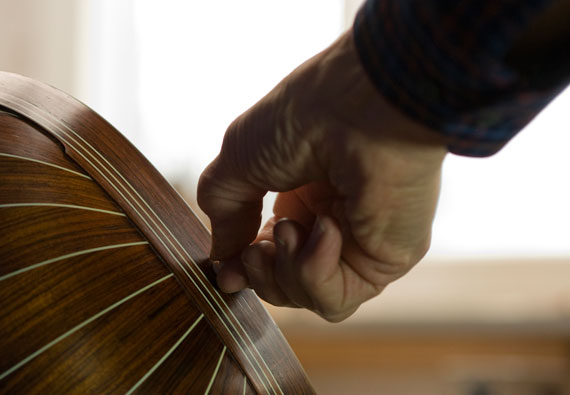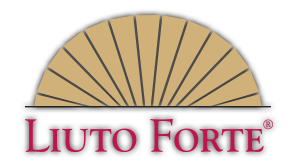Fine Tuning
For many plucked stringed instrument makers their work on the sound of the instrument is complete once they have attached the top to the body. With Liuti forti it is then that the work really begins.
An undisputed master in this nearly lost art of imparting a final influence on an instrument’s sound was Benno Streu in Freiburg. His methods, tested constantly over many years, have been passed on to our instrument makers and are applied to every Liuto forte that leaves the workshop.



